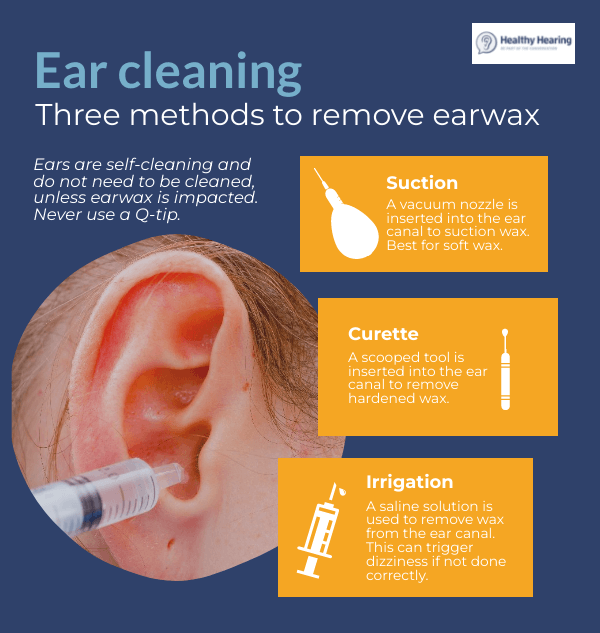

Earwax (the medical term is cerumen) is made by small glands in the ear canal. Earwax has a vital role in keeping your ears safe and healthy. Is earwax essential? What's the best home remedy for removing it?Ī. Speak to your doctor for advice if earwax builds up in your ears regularly.Q. It's not clear if there's anything you can do to stop earwax blocking your ears, although some doctors recommend using eardrops regularly to keep your earwax soft.ĭon't try to scrape out the earwax with your finger or an object inserted into your ear, as this this can make the problem worse.

Some people are naturally prone to earwax building up in their ears and may need frequent treatment to remove it when it becomes a problem. Your pharmacist or doctor can let you know what treatments may work for you and they can tell you about any associated risks or side effects. Not all these treatments are suitable for everyone. aural toilet – where a thin instrument with a small hoop at one end is used to clean your ear and scrape out the earwax.microsuction – a quick and painless procedure where a small device is used to suck the earwax out of your ear.ear irrigation – a quick and painless procedure where an electric pump is used to push water into your ear and wash the earwax out.eardrops – drops used several times a day for a few days to soften the earwax so that it falls out by itself.There are several different earwax removal treatments available.

If these treatments aren't suitable or don't help, your GP may consider referring you to the ENT department of your nearest hospital for more specialised treatments. You may have to pay to have this treatment privately. They may suggest using eardrops for a bit longer, or they may carry out a minor procedure called ear irrigation (previously syringing) to clean out your ear canal. Your GP or practice nurse will look inside your ears to check if they're blocked and might carry out some simple hearing tests. Speak to your pharmacist about the most suitable product for you and make sure you read the leaflet that comes with it.

For example, eardrops shouldn't be used if you have a perforated eardrum (a hole or tear in your eardrum). However, eardrops aren't suitable for everyone and some can irritate the skin. There are several different types of eardrops you can use, including drops containing sodium bicarbonate, olive oil or almond oil. These can help soften the earwax so that it falls out naturally. If the earwax is only causing minor problems, you can try buying some eardrops from a pharmacy. Using drops may make your hearing or symptoms a little worse at first before getting better. This can damage your ear and push the wax further down. Never try to remove a build-up of earwax yourself with your fingers, a cotton bud or any other object. What to do if you think your ear is blocked These problems will usually improve once the excess earwax has been removed. tinnitus (hearing sounds from inside your body).Symptoms of an earwax build-upĪ build-up of earwax in your ear can cause: bony growths in the outer part of the ear canalĮarwax can also block your ear if you frequently insert objects into your ear canal, such as cotton buds, ear plugs or hearing aids.being elderly, as earwax becomes drier with age.having narrow or hairy ear canals (the tube between the opening of the ear and the eardrum).Other factors that can increase the risk of too much earwax include: Some people regularly get blocked ears because they naturally produce a lot of earwax. If these treatments don't help, your GP may refer you to an ear, nose and throat (ENT) department for specialised treatment. They may suggest having your ears washed out. If pharmacy treatment doesn't work, contact your GP practice. It usually passes out of the ears harmlessly, but sometimes too much can build up and block the ears.Ī build-up of earwax is a common problem that can often be treated using eardrops bought from a pharmacy.
#Cleaning impacted ear wax free#
Earwax is produced inside your ears to keep them clean and free of germs.


 0 kommentar(er)
0 kommentar(er)
